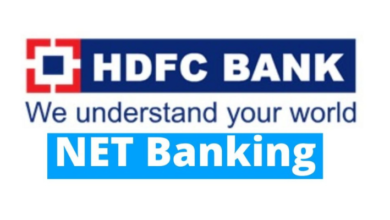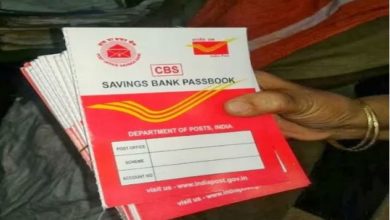Types of Bank Frauds in India
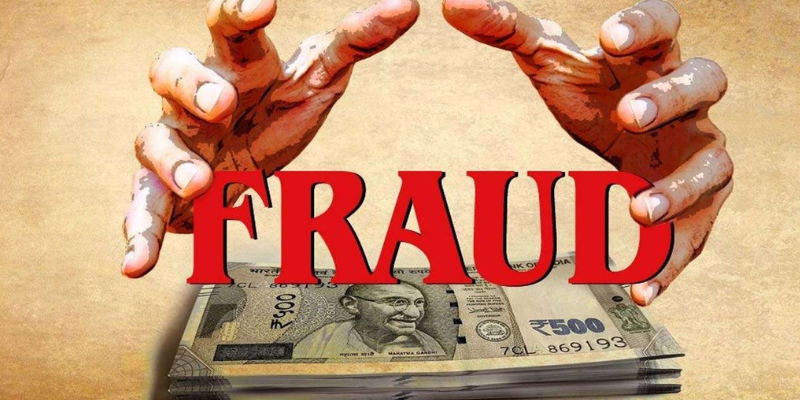
The banking system is making transactions easier for us in each way possible. Depositing and withdrawing money can be as simple as a click. Everyone is aware of the distinct methods of online and offline banking payments. However, this convenience brings along a dark side too. One wrong click can lead to an abundance of financial loss and make one a victim of fraud. Bank frauds in India are an immensely growing concern, and it is better to be aware of them at all times.
However, you also know that every cloud has a silver lining. Therefore, having precise knowledge about the different bank frauds would help you enjoy the banking perks of this digital era. Here, you will get an idea about these frauds and know the ways to safeguard yourself in every way.
An Overview of Bank Frauds in India
Scammers are ready to steal your money in ways you would not even think of. The RBI released a booklet to educate people about the forgery that comes along unexpectedly. The vital information about the types of bank frauds and related aspects are mentioned below. Keep reading to explore and get a hold of having safe transactions altogether.
The Phishing Hack
Just like the bank’s legitimate website, an e-commerce website, a search engine, or more, the fraudsters create phishing websites. These websites are the most common ones that scammers use to loot money from you. After they set up their website, they usually distribute links via SMS, social media, emails, instant messenger, and more.
Generally, most users click on these links without confirming the Uniform Resource Locator, commonly known as the URL, and get trapped. The links appear to be genuine, and eventually, mostly the users enter their security credentials. The security credentials comprise the One Time Password-OTP, Password, as well as the Personal Identification Number-PIN. The fraudsters then utilize all the details, and a felony of bank fraud then takes place.
The Vishing Hack

Vishing is one of India’s most devastating types of bank fraud which involves scamming people. Here the imposters act as bankers, government officials, insurance agents, and others who approach customers over the phone or on social media. Their primary weapon to loot you is disclosing a few consumer facts. It could be your name and date of birth to win trust and more to win your trust.
After winning your trust, the imposters pressure or trick the customers into sharing confidential information. Usually, they cite an emergency or urgency for blocking unauthorized transactions and extract your security details like passwords, OTPs, PINs, and Card Verification Values (CVV). And once the sharing of personal information takes place, then the rest is obvious.
The most common and recent example of Vishing is that fraudsters trick unsuspecting individuals in the guise of updating e-KYC. Here, a fraudster asks for your crucial information like Aadhaar details and bank account details by acting as a service provider. Besides this, WhatsApp is another mode used by fraudsters for this fishing; this is one of those bank frauds that are very common. Here the fraudster persuades you to upload e-KYC and provides the contact number, or else your number will get disconnected. And if you call that number, they ask you to download certain apps, giving the fraudster access to and control of the phone.
Looting money from your bank after having the security details is the final call; eventually, you get trapped.
Online Sales Frauds – Among Various Bank Frauds in India

Online shopping is as usual common as online transactions these days. The fraudsters on the online sales platforms portray themselves as purchasers and express an interest in the seller’s products. Likewise, most fraudsters pose as defence personnel stationed in remote regions to gain the seller’s trust.
Here instead of paying the seller, they use the Unified Payments Interface, which is the UPI app’s option of ‘Request Money’ and demand that the seller authorize the request by entering the UPI PIN. And then, the money is automatically transferred to the fraudster’s account whenever the seller inputs the PIN.
Skimming the ATM Cards

Skimming is another part of different bank frauds in India. Here the ATMs are misused for looting money. Generally, the fraudsters install the skimming devices in the ATMs and take out the private data of a customer’s debit card. In addition, an RBI release also stated that fraudsters might install a dummy keypad or a small or pinhole camera, which is precisely hidden from plain sight to capture the ATM PIN.
On the other hand, at certain times, the fraudsters also pretend to be other customers standing nearby and gain access to the PIN when the customer enters it into the ATM. This data is then used to duplicate cards and withdraw money from the customer’s bank account.
The Unknown or Unverified Mobile App Frauds

Unverified mobile app fraud is yet another forgery that traps people into downloading the apps on mobile phones, laptops, and PCs. As per the RBI, fraudsters circulate through SMS, email, social media, instant messenger, and other sites. Certain app links are masked to look similar to existing apps of authorized entities. Most of the time, fraudsters trick the customers into clicking on such links, which results in downloading those apps on the customer’s mobile, laptop, desktop, etc.
Furthermore, when those unverified, unknown, and fake applications are downloaded, the fraudster gains complete access to the customer’s device. It can clearly point out details and messages, OTPs received before and after installation of such apps, and tons more. The customer’s personal credentials are then collected, and they are prone to being victims of money fraud.
Frauds Using Screen-Sharing Apps
Various bank frauds in India are coming up with technology, and the defaulters are inventing myriad ways to accomplish their mission. The RBI also warns customers of a trick used by fraudsters: downloading a screen-sharing app. Further, fraudsters can watch and control the customer’s mobile or laptop when a customer uses this app. This then helps them gain access to the financial credentials and allows them to use the information and carry out the unauthorized transfer of funds. The fraudsters make payments using the customer’s Internet banking or payment apps with confidential information.
Sim Swapping and Sim Cloning Frauds
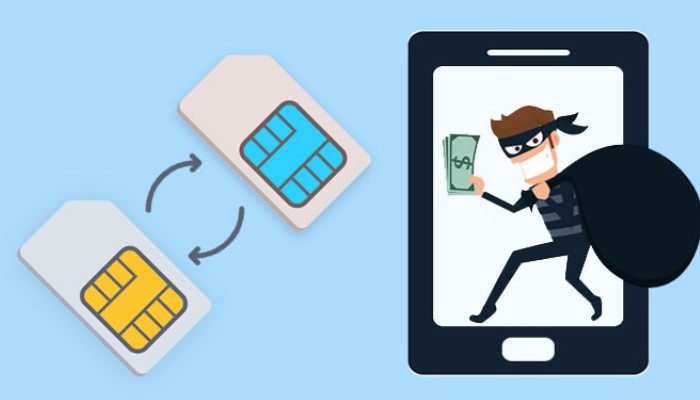
From the list of frauds, SIM swap, and SIM cloning are popular tools that the scammers use to loot money. Here the fraudsters may obtain a duplicate Subscriber Identity Module- SIM card including electronic-SIM for the registered mobile number. The sim is linked to the customer’s bank account, and the scammers steal money from your bank account by gaining access to your SIM. This is one of the bank frauds that is growing immensely.
Furthermore, the fraudsters use the OTP received on the duplicate SIM to carry out unauthorized transactions. They generally collect personal details or identity details from the customer by posing as a telephone mobile network staff. After that, they request the customer’s details in the name of offers, such as providing a free upgrade and additional benefits on the SIM cards.
QR Code Scanning Scam – The Most Common Bank Frauds in India
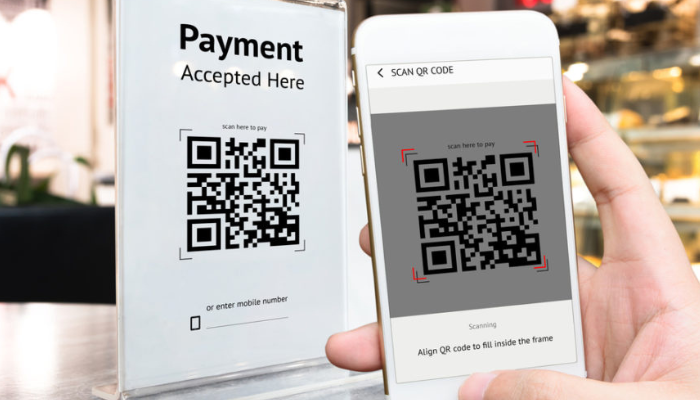
Most of the public today uses QR scanners for making transactions. But have you ever thought about the unexpected fraud that you might get into? Well, the scammers primarily contact customers and trick them into scanning the Quick Response codes. The fraudsters make this happen while using the apps on the customer’s phone. When one scans such QR codes, they mainly authorize the fraudsters to withdraw money from their account.
Social Media – The Hub for Brank Frauds in India
In this digitised era, spending a lot of time on social media is common for everyone. Now, if you are online, you tend to share your personal details as well. This has made fraudsters quickly get points to loot people. Usually, the fraudsters create fake accounts using the details of the users of social media platforms, like Facebook, Instagram, Twitter, and more. Further, they send a request to the users’ friends asking for money for urgent medical purposes, payments, etc. This is a common way of fraud these days. Besides this, using fake details, they also contact users and gain their trust over a period of time. Finally, when the users share their personal or private information, the fraudsters use this vital information to blackmail or extort money from them.
Ways to Safeguard Yourself Against Fraud
We believe awareness is the primary key to safeguarding oneself from malicious frauds. You can easily follow the advice mentioned below and be free from not getting into the risk of being involved in bank frauds in India.
- While making online transactions, be sure to use the verified apps only. You must ensure that the apps you download are safe to use and install. You can also count on the fintech players as they are coming up with countermeasures to prevent bank fraud in India.
- Browsing is the best pass time for everyone today. And evidently, most online scams occur by visiting unauthorized sites by scammers. No matter how professional the website appears to be. Don’t just look for https:// or the URL’s domain name. Moreover, always be aware of websites with names similar to popular brands.
- One unknown fact that mostly remains untold is that signing in on your mobile phone with unsecured Wi-Fi can also be an issue as your device becomes accessible to cyber fraudsters on the prowl. And gradually, the scammers get access to your phone. Therefore, whenever you make any banking transactions from your smartphone or devices, be very sure to use private connections.
- Furthermore, while using your card, ensure that the POS machine is genuine and there is no card skimmer to steal your data and gradually your hard-earned money.
- The last advice would again revolve around you being vigilant and extra conscious all the time. Firstly, do not respond to unsolicited calls, messages and emails. Secondly, do not share your personal information at any cost because the bank would never ask you for the same. And finally, be well aware of anyone who tried to seek remote access to your device.
Conclusion
Frauds are mostly the consequence of a lack of knowledge and vigilance. The more you try to be sure about your payments, the more your finances would be secure. Bank frauds in India have been increasing throughout history because the public is still unaware of scheming practices of fraudsters. Therefore, it is crucial to keep yourself updated with all the latest frauds taking place. Being vigilant and aware of various scams will help you stay away from fraudsters. In case you come across a fraudster, you can file a complaint on this government website and help others from being scammed.


